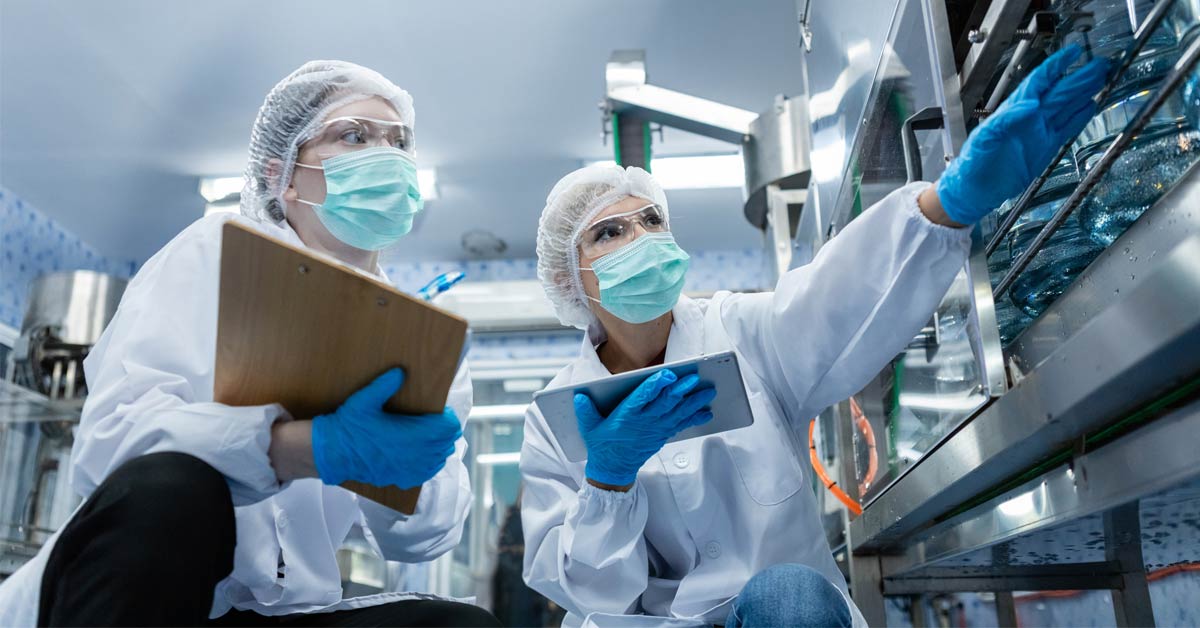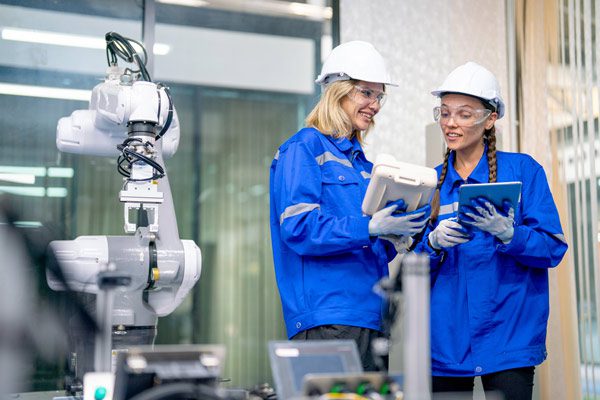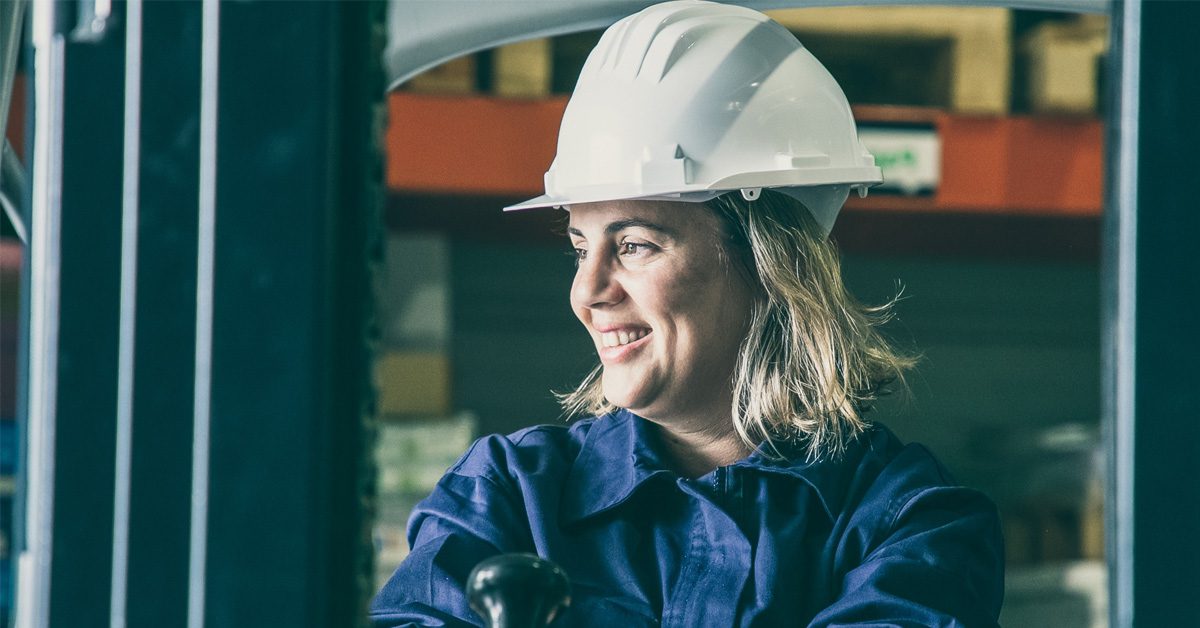In recent years, artificial intelligence has revolutionised the world. It has also brought exciting new changes to the food and beverage production industry. From improving farming techniques to influencing the way we shop and eat, the use of AI in the food industry is not only innovative, it can increase productivity and food safety.
According to the United Nations, around 13.2% of food produced is lost between harvest and delivery. It is therefore critical to optimise food production in order to reduce food waste and achieve climate goals that have been set globally.
At Shoes For Crews, we are always looking to the future to see how we can improve our production processes. Read on to discover six ways technology is transforming manufacturing processes through AI in the food industry, and how you can make your own facility more successful and efficient.
1. Advanced quality control
Using AI to monitor quality control in the food industry means monitoring and analysing the production process in real-time. The advantage of these visual inspection systems is that they can detect defects, contaminants or allergens that the human eye might otherwise miss. In addition, these systems can learn and collect data with each test, increasing both effectiveness and precision. Tracking production with AI-enabled cameras means that food contamination issues are getting detected much more quickly, increasing safety on the floor.
2. Optimising the supply chain
Perishables management is a key element of production. By incorporating AI into the food industry, these systems can analyse historical sales data, market trends and weather forecasts to help predict future demand for products. This enables factories and plants to prepare and manage their inventories to minimise overstocks and out-of-stocks, ensuring timely delivery of products at their peak freshness.
As the backbone of the food industry, supply chains need to become more stable and resilient. The use of artificial intelligence throughout the sourcing, operations and distribution processes helps to track products from harvest to delivery with improved accuracy. It can also work to set better monitoring standards, test products at every stage and ensure food hygiene standards are enforced.
3. Enhanced food sorting systems
AI in the food industry uses technologies including advanced algorithms, data analytics and machine learning to evaluate and categorise food products. AI-powered food sorting systems take into account factors such as colour, size and ripeness. They significantly reduce human error and increase processing speed, which is critical for maintaining freshness.
Trends, buying patterns and preferences can also be analysed in depth using AI predictive analytics to help factories produce and store the right mix of products. This technology allows for flexibility in adapting product offerings with optimised pairings and varieties.





